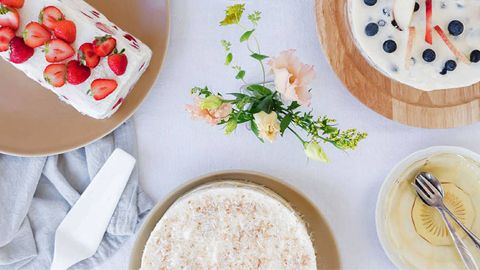If you love food and enjoy cooking, it’s easy to make too much. We’ve all been there, especially when we’re ravenous, but what usually happens to your leftover food if you don’t manage to eat it all? When your eyes are bigger than your belly, do you throw leftovers away, or package them up to be used again? The latter is obviously more sensible and is a great way to plan meals in advance and help your food shopping go further.
However, there remains a lot of uncertainty around which foods can and can’t be safely reheated, and this sometimes leads to food being unnecessarily wasted. On the other end of the spectrum, people are sometimes also guilty of reheating food incorrectly and risking food poisoning. Neither scenario is good!
With a little knowledge and the expert tips in our guide below, you’ll be reheating everything from pizza and pasta through seafood to steak, in no time.
Why reheat food?
Reheating food is essential if you want to prepare meals in advance. Once you’ve got into the habit of doing this, it’s a great way to save time and money. You can make meals in bulk when you have time to cook, divide them into portions to freeze and reheat them in a flash on busier days. It’s easy to make enough for your whole household too. This helps your regular food shop go much further, reduces waste and frees up more of your time for doing the things you love.
Food waste is a significant problem around the world. It’s wasteful, it’s terrible for your budget and the broader economy, and it’s harmful to the environment.
Reheating food also has a few surprising health benefits. There’s a misconception that reheated food loses its goodness and nutrients. The reality is that while reheating does kickstart changes in your food, it can sometimes enhance the health benefits. For example, reheated potatoes contain more resistant starch which is good for gut health. Cooked carrots have more antioxidants, and twice-cooked tomatoes can reduce the risk of stroke.
As useful as reheating is, however, it’s vital to do it safely and correctly, to kill harmful bacteria that may have grown since the food was cooked.

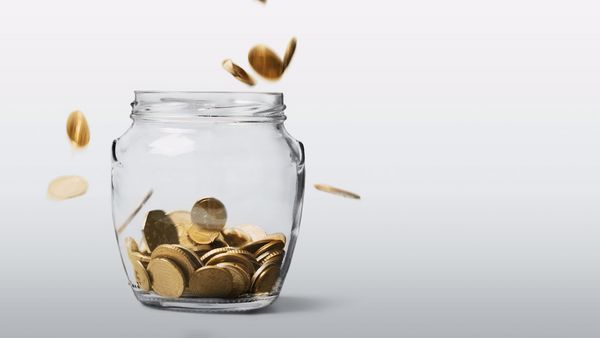
Benefits of reheating food
The most significant benefits of reheating food are helping your shopping go further, maximising your budget, and being kind to the environment and food economy. However, it can also have unexpected bonuses when it comes to health. Here’s a quick summary of why it’s good to reheat food, and the potential health benefits:
• Money-saving
• Convenient
• Reduces food waste
• More efficient
• Can improve digestibility and increase certain antioxidants
• Kills harmful bacteria
Are there any downsides to reheating food? To some degree, a nutrient loss will occur during every reheating method. However, this can be minimised through fast cooking times and using less liquid. Microwaving is the best method for retaining nutrients and antioxidants. A more severe downside is not reheating food correctly or safely. Food poisoning is very unpleasant, and in extreme cases, can be fatal.
How to reheat food safely
When it comes to reheating food, there are several dos and don’ts you need to follow to ensure food safety and maintain quality. We all want our reheated food to taste as fresh and delicious as possible. Still, it’s even more important to make sure it’s safe to eat, so we don’t get food poisoning.
• Let leftover food cool down for two hours before refrigerating. Make sure food is completely cool, as any residual warmth could cause other items in your fridge to spoil and could also spread bacteria.
• Keep foods separate and well-sealed to avoid cross-contamination and food poisoning. Your fridge is designed to store foods in different places for the best results. This includes humidity drawers for vegetables, and a bottom cold shelf for raw meat, so it’s worth reading up on this if you’re unaware.
• Never consume or reheat food that has been in contact with raw food.
• If you’re planning to reheat and eat your leftovers within two days, you can keep it in a sealed container in the fridge. If not, it should go in the freezer.
• Use airtight containers or freezer bags. Separate your leftovers or bulk-made meals into individual-sized portions. This ensures you only have to take out and thaw what you need. Plus, the smaller the frozen item, the quicker it will defrost, so you don’t have to refreeze partially thawed foods.
• Ideally, label your leftovers in pre-made meal containers with the type of dish and date it was frozen, so you know when to have them.
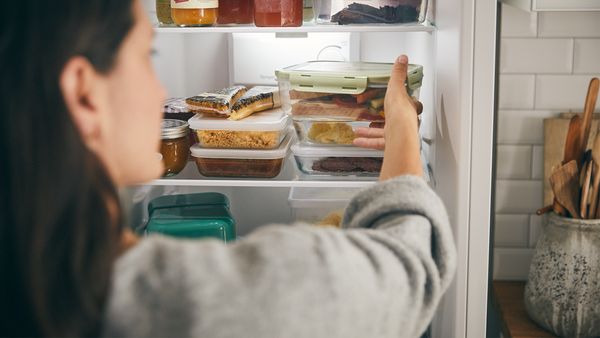
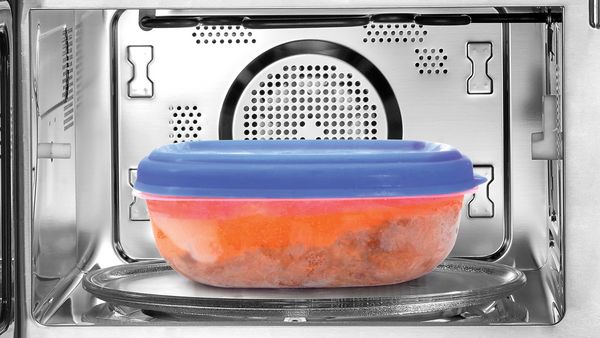
• Always defrost in the fridge or microwave rather than on a countertop at room temperature. The cold air in your fridge helps prevent bacteria.
• Once defrosted, store food in your fridge and eat it within 24 hours ideally.
• Reheat food until it is steaming hot throughout, with a core temperature of more than 75 °C – it needs to reach this temperature for at least two minutes – and serve immediately.
• If using a microwave, be aware that some can cook unevenly. It’s essential to take food out halfway through reheating and stir it thoroughly.
• Don’t refreeze leftovers that have been defrosted once.
• Try to avoid reheating leftovers more than once.
• Never assume a reheated food is safe to eat because it smells okay, as many foodborne bacteria have no odour.
How many times can you reheat food?
While you can reheat food multiple times, the Food Standards Agency (FSA) recommends doing so only once.
We’re often asked if there is a standardised reheating food temperature. There isn’t, but the advice is to make sure your food is piping hot. This is different if you’re a food business or producer, however. In this situation, reheated food must reach a core temperature of 75°C to 82°C before it is served. At home, the general guidance is to reheat food at its original recommended temperature and duration.
If you want to check the core temperature, you could use a meat thermometer. You have a lot more flexibility with home-cooked meals you’ve made yourself. In contrast, you should be more cautious reheating leftover takeaway, as you don’t know whether it’s already been reheated once or how it was made. For example, uncooked rice can contain spores called Bacillus cereus that can survive cooking and reheating. This is one of the reasons why people are sometimes worried about reheating rice.
Food reheating methods
There are several different ways you can reheat food, and each method has its own pros and cons. Certain foods come out better using a particular device for reheating. For instance, while a regular microwave is definitely faster, when it comes to pizza or fish, an oven will give you that crisp, baked finish, rather than wet and soggy. Similarly, stir-fried or sauteed vegetables are much better reheated in the pan rather than the oven or microwave. Let’s take a look at your options for reheating:
Reheating food in the microwave
Generally, the fastest option when it comes to reheating food, your microwave is one of those kitchen appliances that can really make your life easier. It’s also the reheating process which depletes the least amount of nutrients from food. While some nutrient loss is inevitable, vegetables reheated in a microwave only lose 25-30% of vitamin C during cooking compared to 95% when boiled.
You won’t get the best result reheating every kind of food in a microwave though. There isn’t a one-size-fits-all approach when it comes to reheating, and it’s always best to treat every type of food individually.
Reheating food in the oven
Always preheat your oven before putting food inside. This isn’t just good practice for reheating, but for cooking generally. When reheating, follow the original oven cooking instructions for your food, including the temperature and direction.
To achieve a safe core temperature of 75°C, you’ll usually need to cook food between 160°C and 220°C. You can tell when a food is piping hot as it is visibly releasing steam. As mentioned above, you could also use a meat thermometer to check on the core temperature.
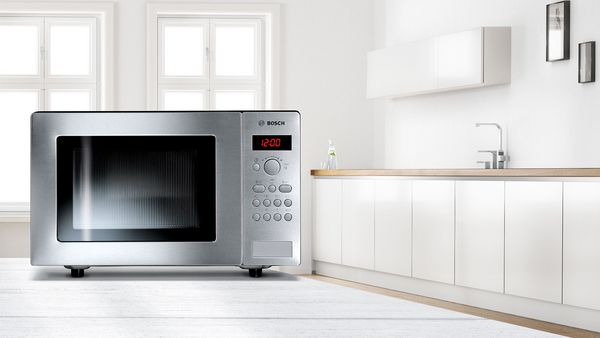
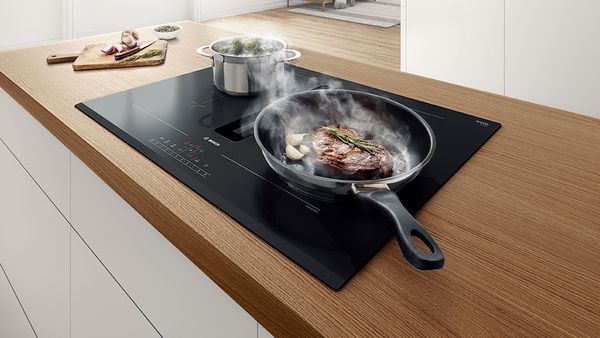
Reheating food in a pan
Using a pan to reheat food is an excellent way to return your meal to the same texture it had when it was first made. Especially if that’s how it was first cooked. It’s an excellent method for sautées, stir fry, seared meat, soups, stews and chilli. We recommend using a lid to help retain moisture.
Meals like pasta, rice and noodles, which may have been cooked on the stove, can go back in the pan but will need water or stock to add moisture. And surprisingly, a deep frying pan is a great way to reheat pizza without it going soggy.
As a general rule, leftover food tends to taste best when it is reheated using the method in which it was cooked.
Which foods can be reheated?
When it comes to reheating, we’ve all wondered whether certain foods are safe or not, and there are so many myths out there, it’s hard to separate fact from fiction.
In this next section, we’re going to provide the answers to your reheating questions, with a rundown of popular foods. If you’ve ever asked yourself – can you reheat rice? Can you reheat chicken twice? And can you reheat prawns? – then this is the place for you.
Rice
Be mindful when reheating rice. Even uncooked, rice contains bacteria called Bacillus cereus, which causes food poisoning and can survive the cooking and reheating process.
The longer rice is left at room temperature, the greater the chance of bacteria. If it’s been left out overnight, for instance, then it should be binned. Generally speaking, reheating rice is fine. We’d recommend eating leftovers kept in the fridge within 24 hours rather than the usual two days, just to be safe, and only serving when it’s piping hot throughout. Rice can be reheated in the microwave, oven or steamed in a pan.
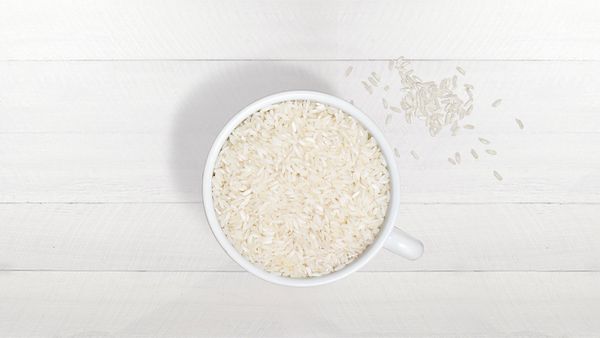

Poultry
Chicken is another food that people sometimes worry about reheating. Still, undercooking is actually a more significant cause of food poisoning. Can you reheat chicken? Absolutely.
Generally speaking, foods high in protein have more potential to contain bacteria and therefore cause food poisoning. Still, chicken can be reheated as you would other meats. It needs to be steaming hot all the way through, so if you’re reheating a substantial portion always check the thickest part. You’re likely to get the best results reheating chicken in an oven.
Meat
While foods high in protein have a greater risk of bacteria, they are usually okay to reheat if you do it correctly. These are relatively easy to cook a second time. The biggest issue tends to be meat going dry, especially if microwaved. Your oven should be your first choice because it retains the most moisture. But you can reheat meat using whatever method you used for cooking it.
Can you reheat pork? Yes, but pork does have a tendency to dry out and lose flavour. Sausages can be reheated, and one pro-tip we’ve picked up is to slice them length-ways to stop them drying out.
Steak is another meat that’s hard to get right as it can go tough. One method which works well is a water bath using a resealable plastic bag suitable for heating. Simply put the steak in the sealed bag in a saucepan of boiling water for a few minutes, then sear it off in the pan to finish.
Seafood
People often get anxious when it comes to reheating seafood. Like meat and poultry, it is perfectly safe if you prepare it safely. Seafood needs to be handled, cooked and stored correctly to avoid issues. If you’ve done this, it is generally safe to reheat.
Fish is often thinner and less dense than meat or poultry, so requires less cooking. Also, it’s worth being aware that fattier fishes, like salmon, will naturally keep more of their original flavour when reheating, compared to white fish. On that note, can you reheat salmon? Yes, this is best done in the oven with the salmon wrapped in foil to retain moisture and prevent it from going dry.
What about prawns? They are another of those foods people worry about. If you bought raw prawns and cooked them you can reheat them once, if you purchased pre-cooked prawns and used them in a dish, you should avoid reheating them, as you would be cooking them more than twice.
Overall, the best reheating method for fish is the oven. However, a pan can also work, especially for sauteed or grilled fish.


Dairy products
You can reheat products containing dairy such as cheese following our standard guidelines. If you’re reheating quiche, the oven is the best method to keep the crust crisp. Milk can also be reheated, although it does lose some flavour. We would recommend using fresh milk if you’re planning to serve hot chocolate.
Eggs
Boiled eggs can be reheated in a bowl of boiling water, while poached eggs can be kept in a fridge for two days, but must be placed in an ice bath after cooking rather than left to cool elsewhere.
Both boiled eggs and poached eggs must only be reheated once. It’s safe to reheat fried eggs, although it’s not recommended as they can become rubbery. Can you reheat an omelette? Yes! If you do want to reheat it, you can use the microwave, oven, hob or grill.
Pizza
If there was a king of leftovers, it might be the pizza. Whether it’s a single slice or a whole pie, who doesn’t like cold pizza? Of course, if you want to reheat, then that’s good too, and there are several ways.
Curiously, pizzas are among the more challenging things to get right when reheating, with the results often ending up either soggy or burned to a crisp. How to reheat pizza? We recommend the oven, but (as we mentioned above) a frying pan is a surprise pizza reheating hack that works. Use a non-stick pan and splash some water on the bottom over medium heat. Once it’s hot, put the pizza in the pan and put the lid on. It should only take a couple of minutes and, unlike microwaving, it will ensure a crispy bottom crust.
Pasta
Pasta can be easily reheated. You can put cooked plain pasta into boiling water to reheat, or you can cook a dish with a sauce in either a pan, the oven or the microwave. Remember to add a little water to tomato-based sauces beforehand, so it doesn’t dry out.
How to reheat lasagne? Of all the pasta dishes, lasagne has its own particular method. It’s best reheated in an ovenproof dish double wrapped in tin foil. Make sure you add water for moisture first and then cook through for at least 20-30 minutes or until piping hot.
Potatoes
You can store plain potatoes in the fridge in a sealed container and reheat within two days. Keep them in an airtight bag or box, to prevent the growth of bacteria, which can cause a severe illness known as botulism.
If you store your potatoes correctly, they will be fine. They are best reheated in the oven or in a pan, as the microwave will cause them to go soggy. The exception is mashed potato, which is ideal for the microwave. If you’re reheating roast potatoes, we recommend the oven for keeping them crispy.
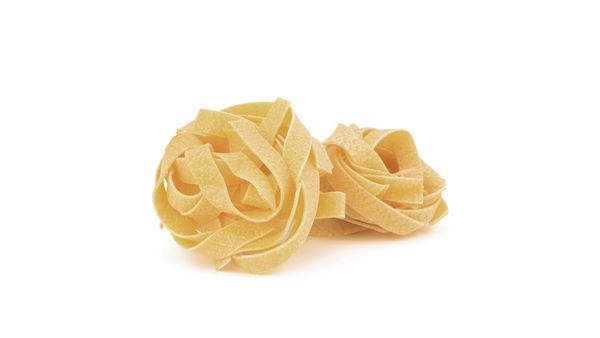
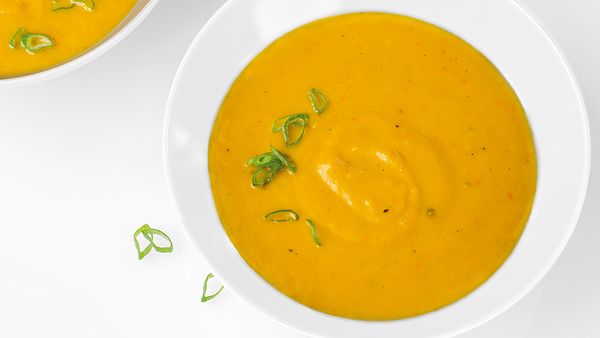
Vegetables
Vegetables are one of the easiest foods to reheat, so you’ve got no excuses for binning that broccoli or those brussel sprouts! Of course, given the massive variation of vegetables, different types tend to reheat better than others. For example, leftover beetroot should be eaten cold, as it doesn’t taste very nice after reheating.
If you’re reheating roasted vegetables, we recommend using your oven for the best results. This provides the best taste and texture. For stir fry vegetables, we would suggest putting them back in the pan to recreate that fried flavour.
Casseroles and soups
These are perfect for batch cooking pre-made meals, to freeze and heat up at a later date. Soups can even be frozen in portions and thawed in a pan or the microwave. Casseroles are best reheated in the oven, or in a large pot on the stove.
There are a wealth of foods out there of course, and our list could go on and on. Just remember, almost any cooked food can be reheated and enjoyed, if you do it properly and follow food safety advice.
Reheat and enjoy!
Now you know the simple secrets to food safety, a whole new world of enjoying and reusing leftovers awaits you. Whether you’re turning last night’s dinner into today’s lunch or cooking meals in advance to cool and freeze for a later date, the benefits are numerous. So don’t bin it, reheat it!



